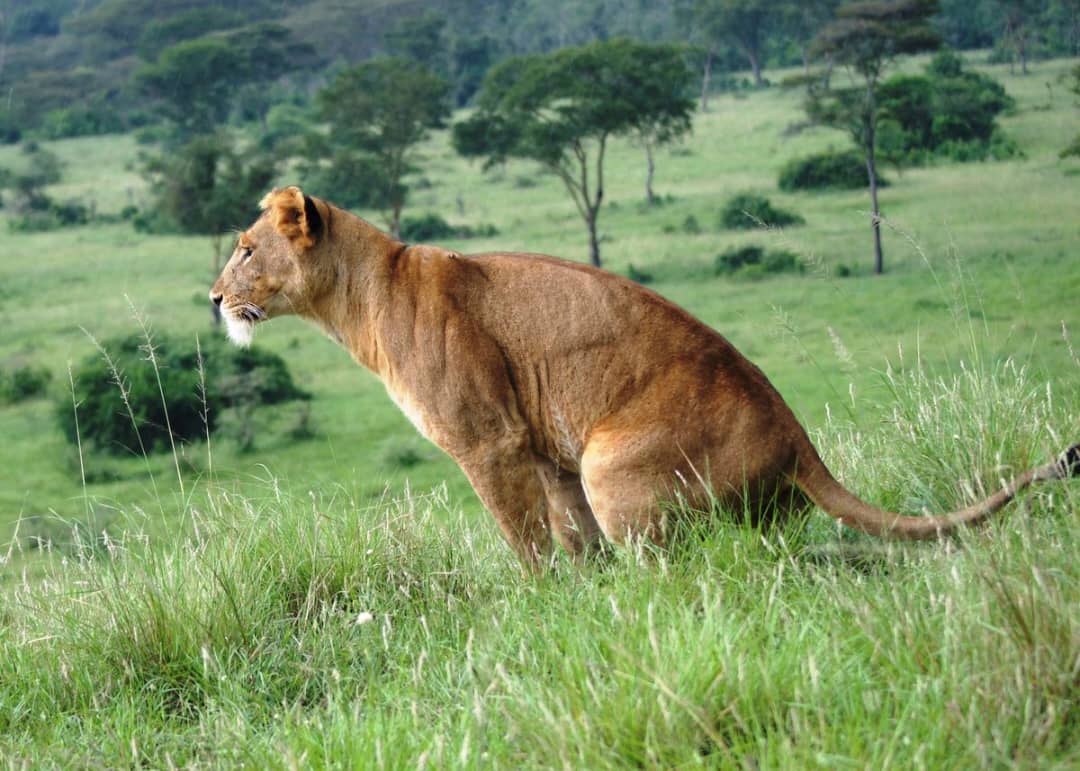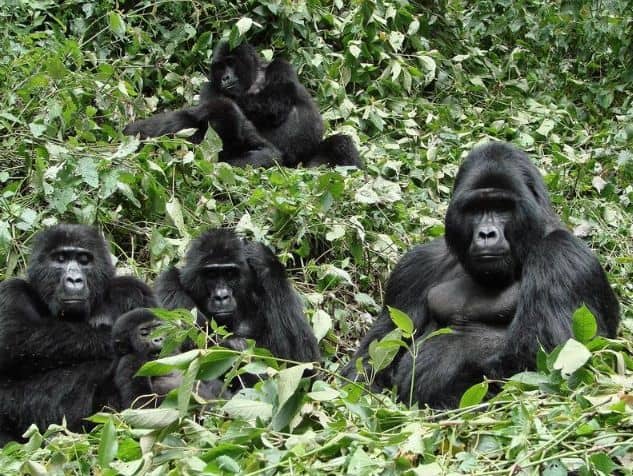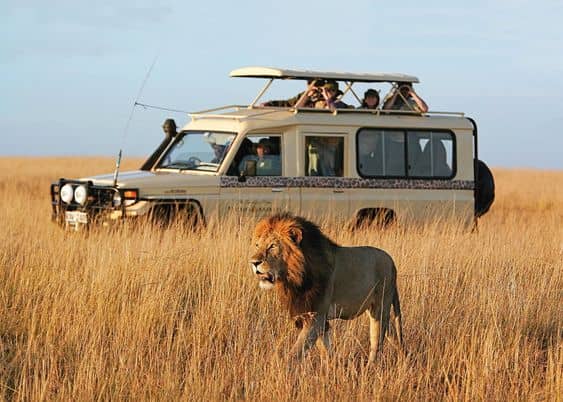Sustainable Gorilla Trekking in Uganda
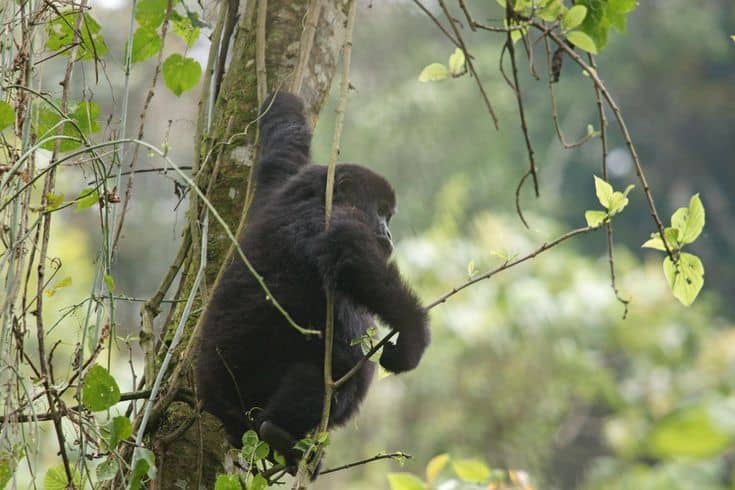
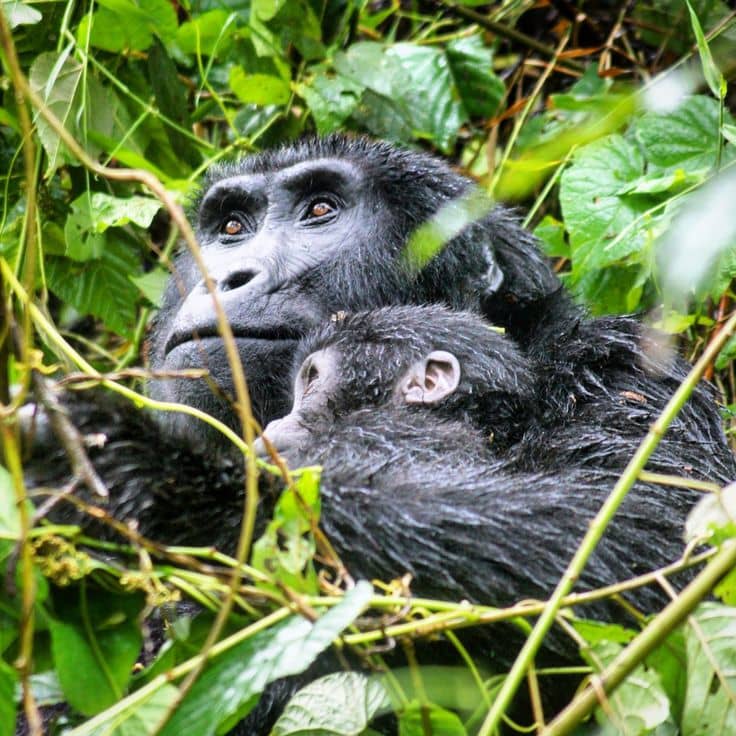
Uganda, the “Pearl of Africa,” is home to nearly half of the world’s remaining mountain gorillas, making it one of the best destinations for wildlife enthusiasts. However, with great adventure comes great responsibility. Sustainable Gorilla Trekking in Uganda ensures that these magnificent creatures thrive while local communities benefit from tourism. This guide explores how you can enjoy an unforgettable gorilla trek while minimizing your environmental impact and supporting conservation efforts.
Why Choose Sustainable Gorilla Trekking?
Gorilla trekking is undoubtedly a bucket-list experience; however, unchecked tourism can significantly harm fragile ecosystems. Sustainable Gorilla Trekking in Uganda not only protects these magnificent creatures but also creates meaningful benefits. Specifically, it focuses on protecting gorilla habitats while simultaneously supporting local communities. Moreover, this approach reduces carbon footprints and promotes ethical wildlife encounters. As a result, by following responsible practices, travelers help ensure that future generations can also witness these incredible primates in the wild.
Best Places for Sustainable Gorilla Trekking in Uganda
1. Bwindi Impenetrable National Park
A UNESCO World Heritage Site, Bwindi hosts over 400 mountain gorillas. The park implements strict rules to protect gorillas, including limited daily permits and mandatory health precautions.
2. Mgahinga Gorilla National Park
Smaller than Bwindi but equally stunning, Mgahinga is part of the Virunga Conservation Area, spanning Uganda, Rwanda, and DR Congo. Its gorilla families are well-habituated, offering incredible viewing opportunities.
Both parks emphasize Sustainable Gorilla Trekking in Uganda by:
-
Limiting group sizes (only 8 trekkers per gorilla family per day).
-
Enforcing a 7-meter distance rule to prevent disease transmission.
-
Investing permit fees into conservation and community projects.
How to Make Your Gorilla Trek Sustainable
1. Book with Eco-Conscious Tour Operators
Choose companies that:
-
Support local guides and porters.
-
Use eco-friendly lodges.
-
Contribute to gorilla conservation funds.
2. Follow Responsible Trekking Guidelines
-
Do not touch the gorillas (human diseases can be deadly to them).
-
Avoid flash photography (it can stress the animals).
-
Carry reusable water bottles (plastic waste harms wildlife).
3. Support Local Communities
-
Stay in community-run lodges.
-
Buy handmade crafts from local artisans.
-
Visit cultural villages to learn about indigenous traditions.
4. Offset Your Carbon Footprint
-
Opt for direct flights to Kisoro or Kihihi to reduce road travel.
-
Participate in tree-planting initiatives (some lodges offer this).
A Sample 5-Day Sustainable Gorilla Trekking Itinerary
Day 1: Arrival in Entebbe
-
Stay at an eco-lodge near Lake Victoria.
-
Visit the Uganda Wildlife Education Centre (supports rescued animals).
Day 2: Travel to Bwindi (Low-Impact Options)
-
Take a charter flight (reduces long-distance driving).
-
Stay at a solar-powered lodge near the park.
Day 3: Gorilla Trekking Day!
-
Follow Sustainable Gorilla Trekking in Uganda rules.
-
Spend 1 magical hour with a gorilla family.
-
Evening visit to a Batwa community project.
Day 4: Optional Second Trek or Nature Walk
-
Choose a less-visited gorilla group to reduce pressure on popular families.
-
Or hike to Munaga Waterfall (supports eco-tourism).
Day 5: Return to Entebbe & Departure
-
Stop at a women’s cooperative for fair-trade souvenirs.
-
Offset your trip’s carbon footprint with a verified program.
The Impact of Sustainable Tourism
Thanks to Sustainable Gorilla Trekking in Uganda, mountain gorilla populations have made a remarkable recovery. In fact, their numbers have increased from just 620 in 1989 to over 1,000 today – a conservation success story worth celebrating. Furthermore, permit fees ($700-$800 per person) create multiple benefits: they fund anti-poaching patrols, provide veterinary care for gorillas, and support community development through schools and clinics. Consequently, every responsible traveler directly contributes to this ongoing conservation effort while enjoying an unforgettable wildlife experience.
Final Thoughts
Sustainable Gorilla Trekking in Uganda is more than just a tour, it’s a commitment to preserving nature and uplifting communities. By following these tips, you’ll enjoy a life-changing adventure while ensuring gorillas thrive for generations.
Ready to plan your trip? Book with eco-friendly operators and trek responsibly!

